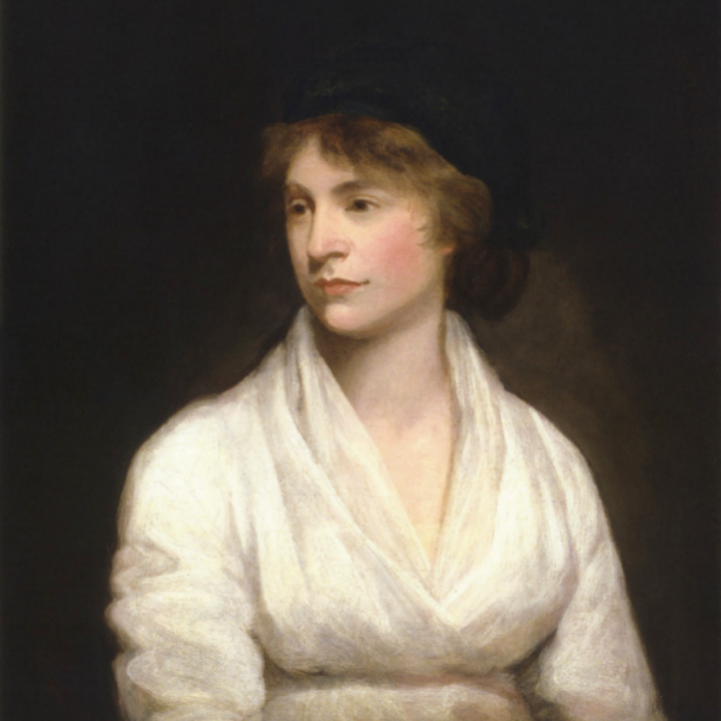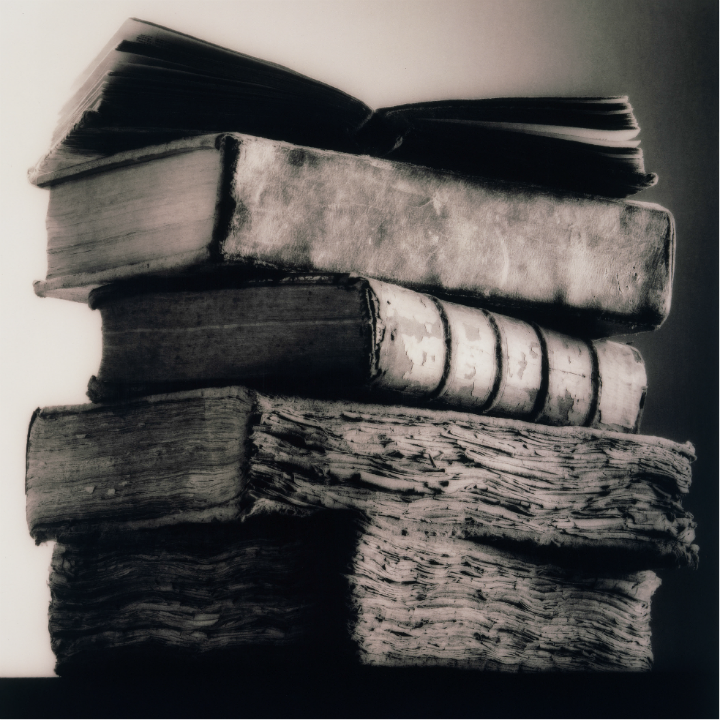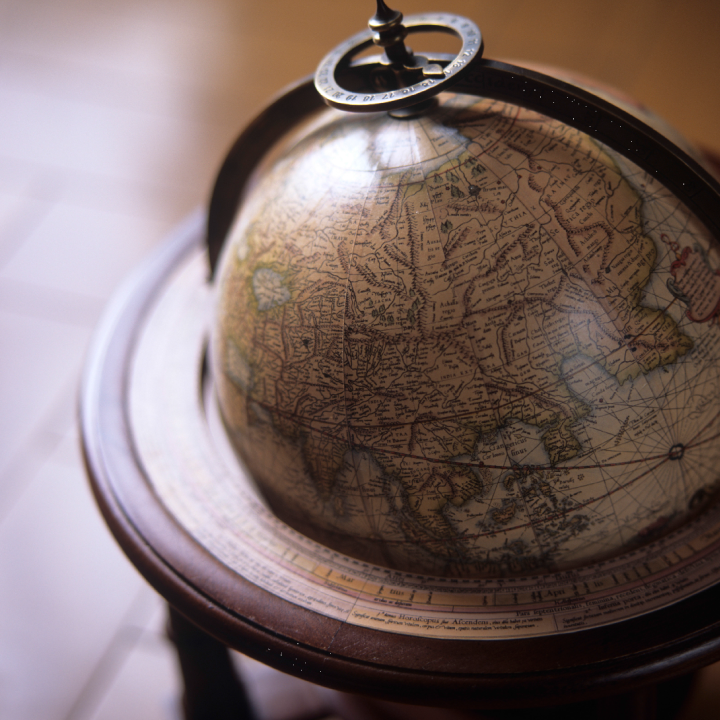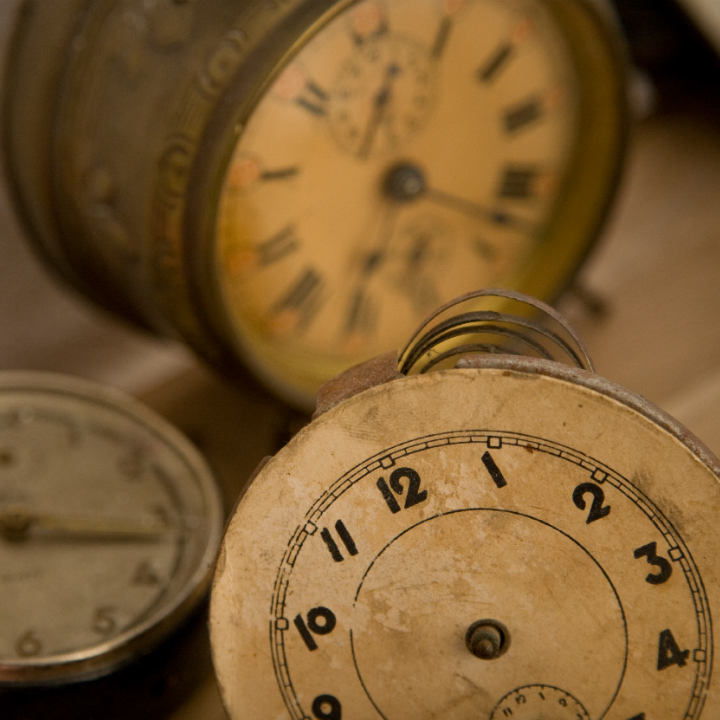'First-wave' feminism largely owes its success to a series of notable figures whose actions significantly advanced the cause of specific changes to the law or the opening up of educational and vocational opportunities. Campaigners, poets, fiction writers and theorists alike were responsible for drawing attention to the frustrations and injustices from which women suffered in the home and in public life. They emerged from a range of different contexts and backgrounds, including education, journalism, and social and political activism, while others were themselves victims of unjust legislation, which prompted them to challenge longstanding legal or social assumptions about the roles of women. In a period where women not only lacked the vote, but were also debarred from standing for Parliament, much of their active campaigning had to proceed from outside formal channels, through new periodicals or special interest groups. Where nothing short of a Parliamentary or judicial presence would suffice, men sympathetic to the women's cause were enlisted to represent their views and force through proposed amendments to the law of the land. Ironically, the woman most associated today with the beginnings of feminism, Mary Wollstonecraft (1759-97), was largely disregarded in the nineteenth century because of concerns about her turbulent and unconventional personal life.
The chronology of major events in the history of feminism 1776-1928 begins with the domestic issues of child custody, marriage and divorce, highlighted first by Wollstonecraft, and then by Caroline Norton, and ends with the pro-suffrage movement led by the Pankhurst family. The Langham Place group promoted advances in education and employment for women, while Josephine Butler spearheaded the campaign to abolish the Contagious Diseases Acts of the 1860s. As a prominent journalist Harriet Martineau promoted the cause of women's employment, and supported the efforts of both Butler and Florence Nightingale to improve the health and morality of the sick and weak, while Frances Power Cobbe spoke out against what she called 'Wife Torture in England' (1878). In the United States parallel campaigns were mounted for the recognition of women's rights, including the vote. Key figures here were Elizabeth Cady Stanton and Susan B. Anthony. It is important too to register the impact of male sympathizers in the feminist movement, such as John Stuart Mill and W.T. Stead, who helped shift cultural attitudes towards women's sexual, political, and vocational freedoms. The Brontës, Elizabeth Gaskell and George Eliot were some of the most outspoken critics of women's limited opportunities for personal fulfilment, while the 'New Woman' novelists of the 1880s and 90s similarly shocked their readers into acknowledging the risks and uncertainties of marriage and the unruliness of desire, as experienced by women as well as men. The material contained in this section reflects both the multi-faceted nature of the prominent feminist campaigns of the long nineteenth century and the versatility of individual leaders who worked concurrently or successively, singly or with others, on one drive after another for equality or justice.




